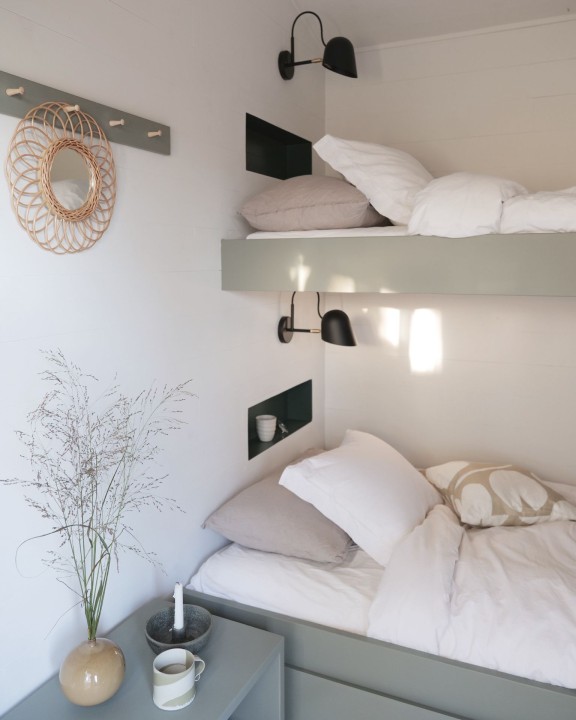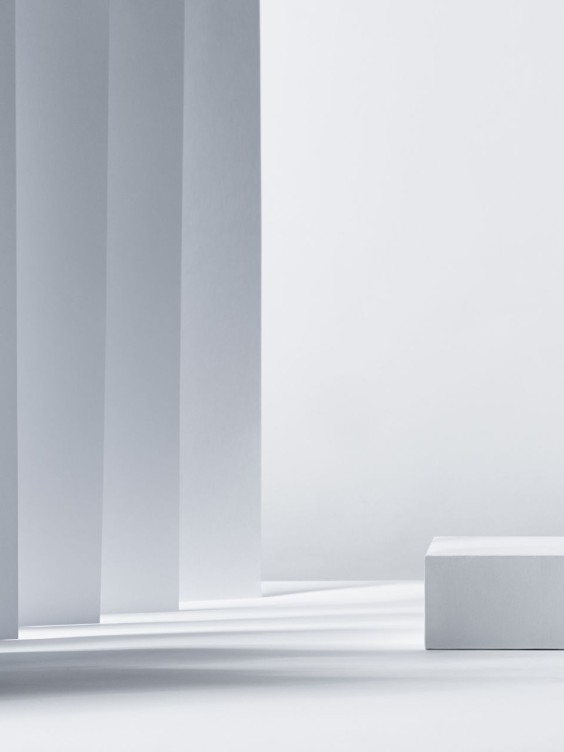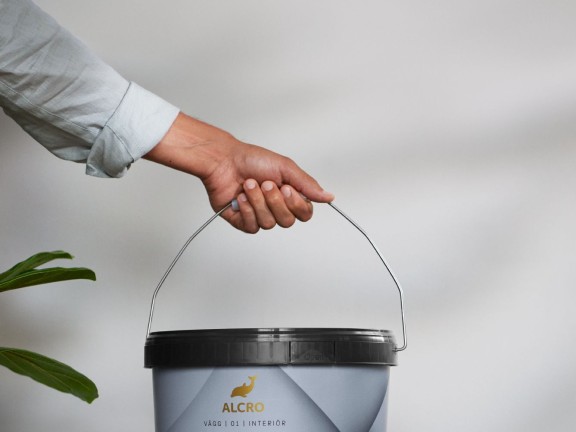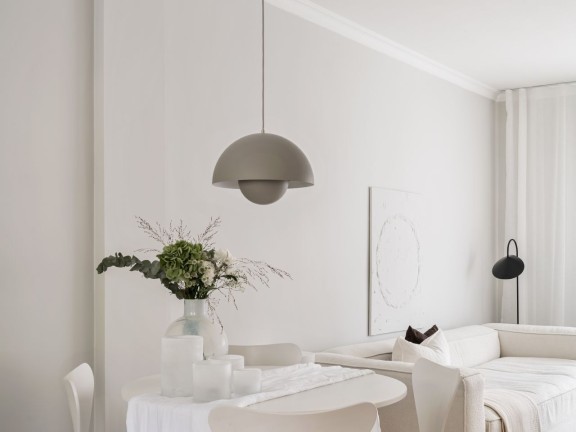Get the white right
Choosing the perfect white – every time

This we know: White is a timeless, popular paint choice, regardless of the project. Choosing the right white is not always easy, however, due to the many factors that impact the end result. These include e.g. light and optics, undertones, surface materials and product features, among other things.
In terms of light and optics, the white “colour” is, basically, the result of our eyes mixing the wavelengths of light. A white surface reflects and scatters all the visible wavelengths.
Since about the 1920s, titanium dioxide has been used to make white paint. There are hundreds of different whites in paint manufacturers’ selections; and what we see as pure white or off-white mostly depends on what we compare it with in the same environment.
On the markets that use automated tinting systems, the purest white is the manufacturer’s basic product without any tinting, and any other mix is off-white. However, the type of paint also affects the shade of white because no ingredient is colourless or transparent.

Painter’s white still #1
The most popular colour choice of professional painters is usually “Painter’s white”. For Alcro, this is Tonad Vit (S0502-Y) which is a basic white, toned with a drop of black and ochre pigment. This formula reduces the paint’s brightness and increases its opacity, i.e. the amount of light that can pass through the coating.
Therefore, the painter’s white hides the surface underneath more effectively and is more forgiving regarding imperfections. When used outside, Tonad Vit (S0502-Y) becomes more neutral and a bit warmer and softer.
If one wants a more aggressive, brilliant finish, S0500-N is a good choice for the exteriors. The S0500-N gives a colder, harder look in exteriors.
Dividing colours into warm and cold tones is a tradition that originates from the fine arts and different colour theories. Warm white paint colours have undertones of red, orange and yellow, and cooler whites have hints of green, blue or purple. These categorizations vary depending on the purpose and discipline, and there are many parallel systems to organise colours out there.

Take note of natural light
Cool whites are often suggested for south-facing rooms, as natural light is inherently warm in tone. Nevertheless, the decision should always be made based on the atmosphere you’re trying to create – natural light can also be rather blue and cold.
Cool whites also work well, if the room’s furnishings have a cool hue – blue or green, for example. Warm whites tend to work well in spaces with poor daylight. They also compliment natural, organic materials, such as wood.
The shade of white one observes in a room depends on the way natural light enters the space as well as the lighting solutions that are deployed. The best practice, then, is to test patches of a few different whites in the room in daylight as well as under artificial lighting.
Gloss is boss?
As it turns out, the paint’s gloss level does not impact whites as much as it affects darker colours. If the surface is very reflective, it may appear brighter, but the intensity of white does not increase.
Glossy, bright “pure” whites usually suit a modern streamlined interior well, while more traditional rooms will feel more attractive and comfortable painted with a matt, off-white tone.
The trend for the last ten years or so has been to choose a semi or completely matt soft, ochre-toned white. Scandinavians tend to favour colder whites compared to the creamier preference of Central Europe. The selection available on the market also steers consumers’ choices.


